Strawberry stands sell berries fresh from the field
Slugs, snails, ants, aphids, spider mites and inclement weather conspire against strawberry growers harvesting perfect red berries to sell.
“Farming is hard work,” said Fam Lee, as she pulled a weed from a row of strawberry plants. Lee and her husband Nathan Punh are among about 60 Mien farmers in the Sacramento area who call on Margaret Lloyd, a UC Cooperative Extension advisor, for farming advice.
“Although we are not organic farmers, we always want to go with organic,” said Lee. “For example, we have slugs and ants, I asked Margaret if it's okay to put organic slug bait around the plant as long as it doesn't touch the berry. She said that's the best way to do. We work closely with our extension staff.”
In the Sacramento area, many of the Mien-owned farms are husband and wife teams. The typical couple farms an acre or two themselves, picking berries to sell the same day at a roadside stand, which provides the family's primary source of income.
“Many of them grew up on farms in Thailand or Laos growing vegetables or growing rice or soybeans,” said Lloyd, who serves small-scale farmers in Sacramento, Solano and Yolo counties. “A lot of them come from farming backgrounds so when they came to this country, they also sought out an agrarian lifestyle.”
Some Mien growers had never seen a strawberry before arriving in California, but chose the high-value crop to maximize returns on their small plots of land.
To help Mien growers develop successful strawberry farms, Lloyd updates them on regulations and shares growing tips at an annual extension meeting, visits them at their farms, and records videos demonstrating how to do things such as using compost to fertilize the crop.
“Because of language barriers, coming out to the farm regularly is a big part of the job,” said Lloyd, who partners with staff from the National Center for Appropriate Technology (NCAT) to assist Mien farmers.
“Once we're on the farm, we can communicate in-person more easily,” she said. “Often times it involves pest identification, so I'll show them how to use a hand lens and how to identify spider mites, aphids and lygus bugs, for example.”
“A lot of them have children who speak English fluently so if they don't speak English fluently, sometimes the children come out and help.”
For the past five years, Lee and Punh have been growing and selling strawberries at a farm stand on Bond Road, between Bader and Bradshaw, in Sacramento. They grow Albion, Chandler, Santa Rosa and Seascape – sweet, delicate varieties, some of which aren't found in supermarkets because the berries don't store and ship as well. They typically begin harvesting berries at the end of March and pick through July or August, depending on the weather. This year, the first berries were ruined by spring rain and frost.
Savvy consumers will ask for certain varieties by name, Lloyd said. “Chandler is well-loved by consumers for its delicate flesh and sweet flavor. Albion produces larger berries that are also very tasty.”
Because berries sold at the roadside stands are picked fresh daily, the farmers wait until berries are perfectly ripe before picking them.
Monday through Saturday, Lee begins harvesting her strawberries by hand at the break of dawn.
“We start at 5:45, the minute we can see, and we pick until 8 o'clock. That's our goal,” Lee said. “By 8:30, we want to open our stand and we sell until all the berries run out.”
Lee's parents often drive up from Alameda to help pick berries.
To extend the farm stand season, some Mien farmers supplement the strawberries with other berries, strawberry jam and vegetables. They grow blueberries and blackberries, tomatoes, peppers and green beans and sometimes specialty vegetables such as bittermelon.
“Growing strawberries isn't easy, but it's enjoyable work,” Lee said.
Lloyd has updated a map showing locations of about 60 strawberry stands in the Sacramento area at http://bit.ly/strawberrystands.
Comments:
Chandler is sold exclusively by Swanton Berry Farms up north of Santa Cruz on Highway One," according to Mark Bolda, UC Cooperative Extension advisor in Santa Cruz County.

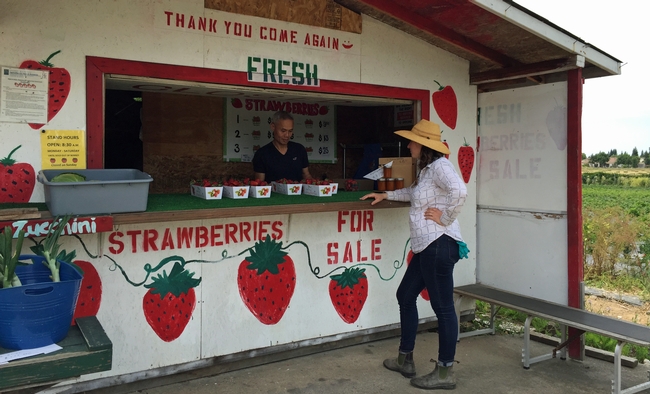
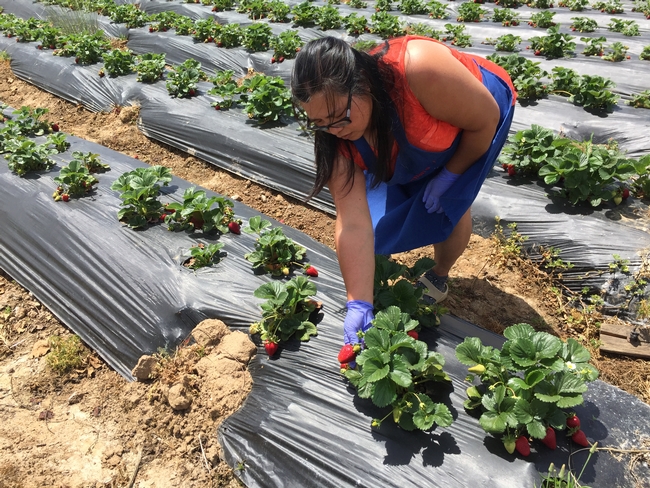
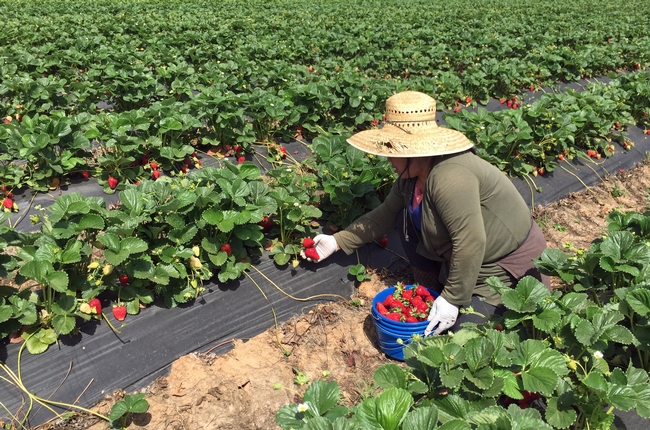
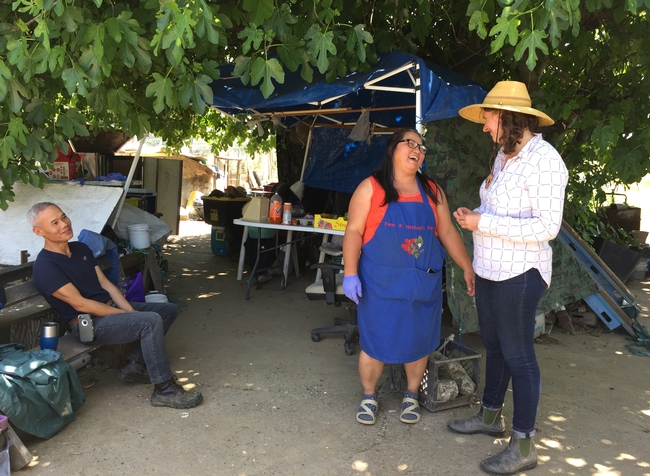
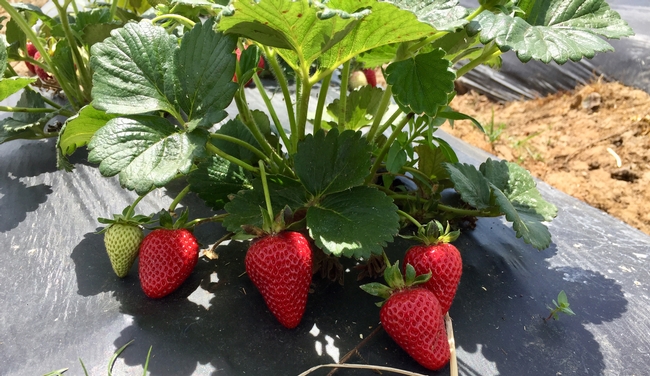
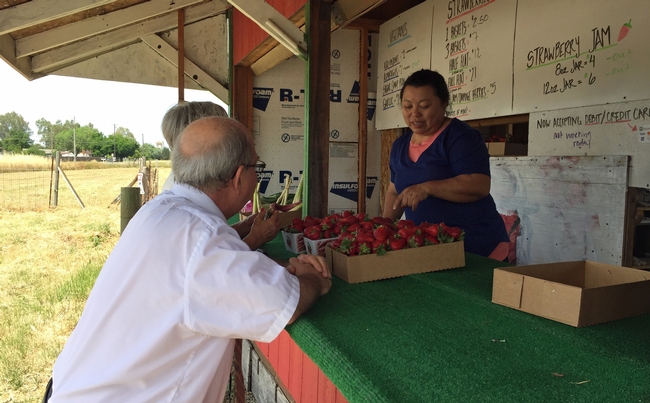
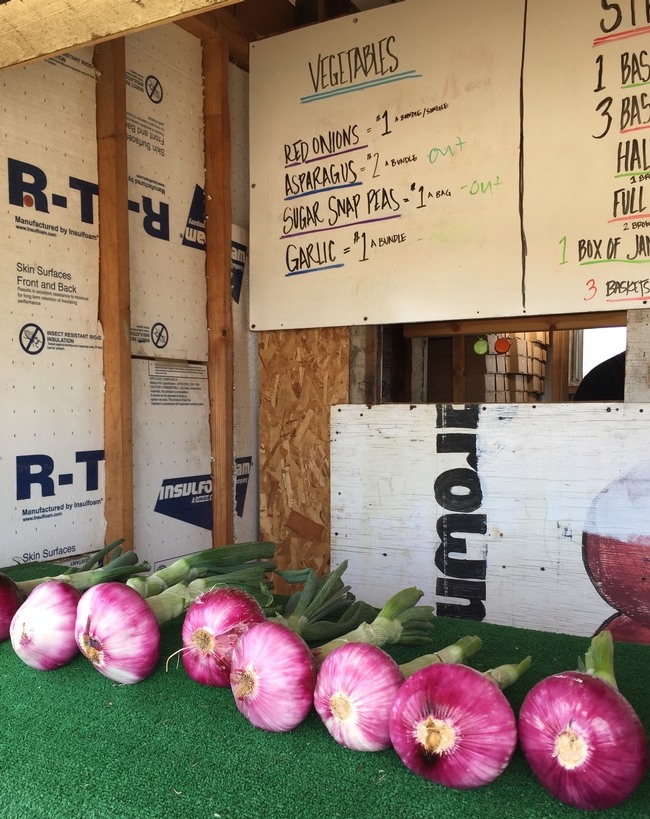
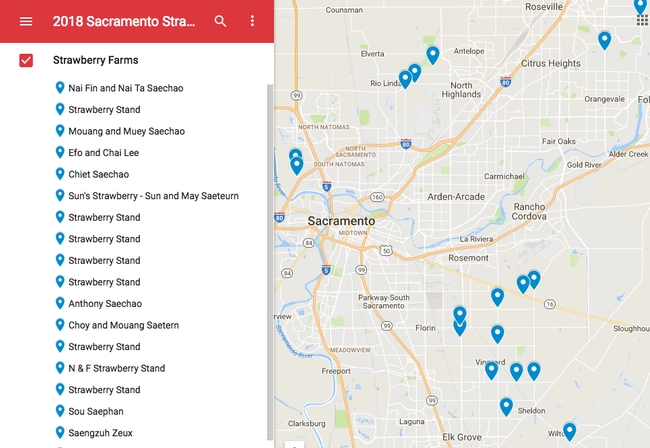
Posted by David Dunworth on August 28, 2018 at 10:34 AM